Detecting Damage in Structural Components with New Infrared Technologies
Updated August 2022. Originally published 2018.
The U.S. Department of Transportation’s (U.S. DOT) highly competitive Small Business Innovation Research (SBIR) program awards contracts to domestic small businesses to pursue research on and develop innovative solutions to transportation challenges.
Small businesses that participate in U.S. DOT’s SBIR program have developed numerous new and innovative technologies that have benefitted the department and the public, while providing a basis for growth for small businesses.
Fuchs Consulting, Inc. (FCI) provides condition assessment solutions through the use of new infrared-based technologies that were not previously available to bridge and other assets owners. The technologies allow for greater cost savings, increased safety, and more accurate condition assessments. Since the project's completion in 2018, it has produced commercial products that have been used by State DOTs all over the United States and has resulted in patented technology (US Patent No.: 10,497,109).
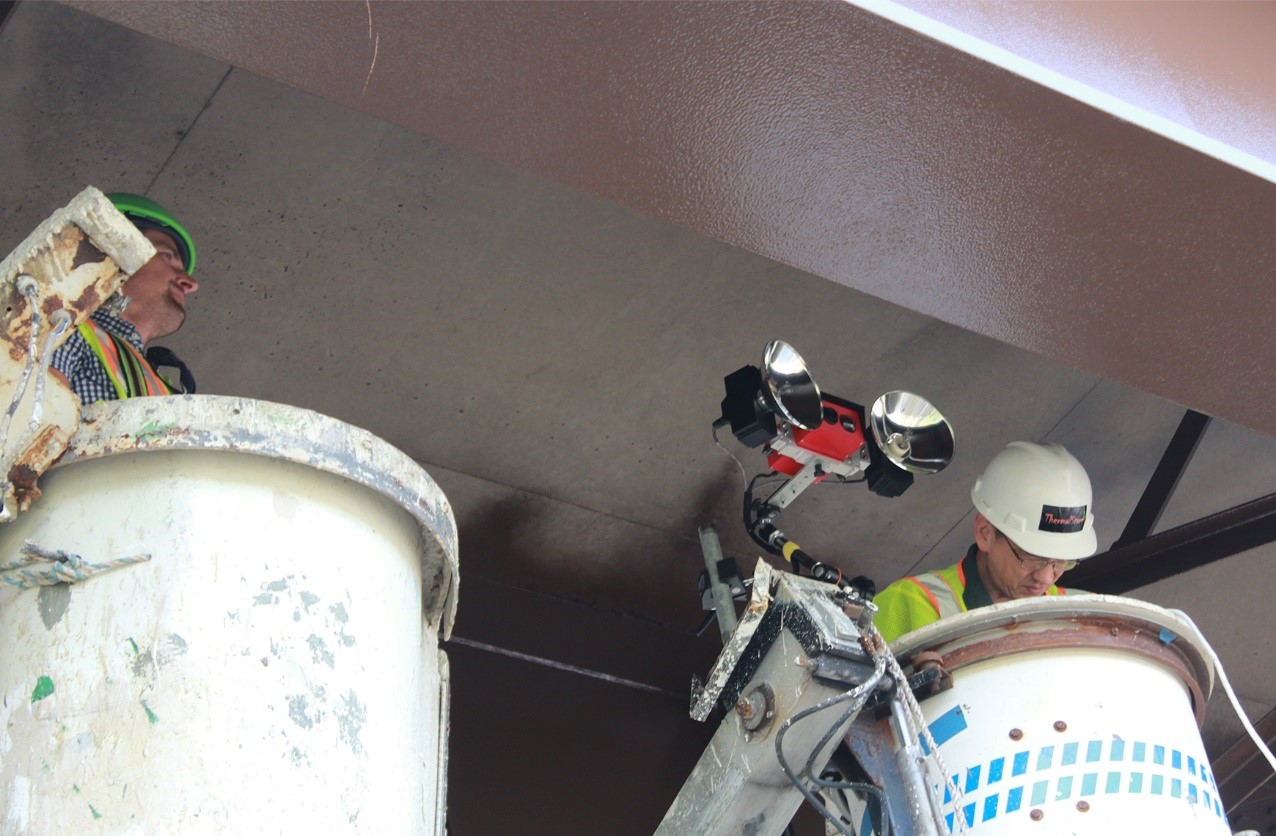
The Technology
With the support of the U.S. DOT SBIR program and the Federal Highway Administration (FHWA), FCI developed a suite of infrared-based technologies that:
- Assess the condition of paint coatings
- Infrared thermography for measurements of highway structures and other large objects
- Provides the only quantitative, nondestructive, measurement of bridge paints that gives significantly more information than visual inspections
- Image subsurface damage in concrete
These data are then used by customers to inform key decisions on maintenance and repairs. FCI extended the technology to create a new method to measure concrete structures to look for internal damage. This concrete assessment method solves deficiencies of other inspection methods; it works through overlays, measures with the bridge completely open to live traffic, and provides highly accurate and repeatable data.
The Challenge
Deterioration in bridges and other structures commonly manifests from subsurface damage that cannot be detected through visual inspections. Once the subsurface damage is observed through visual inspection, deterioration has advanced to a stage where significant repairs or even replacement may be required.
Technologies that can detect the onset of deterioration in its earliest stages allow for prompt detection and repair that can save money and improve safety.
The technologies developed by FCI addresses this need for early detection of damage and provides unique new measurements that were not previously achievable. The transformative nature of the technology requires new paradigms to make optimal use of the information provided, and FCI works closely with its customers to ensure the full benefits of the new ThermalStare technologies are realized. FCI created technologies that enable data-driven decisions to help more effectively manage infrastructure assets. The technology originated to make a new way to measure bridge paints and were extended to measure very large objects, such as bridges, buildings, and military ships.
The Benefit
ThermalStare infrared technologies are being used by state Departments of Transportation, engineering companies, and military agencies to meet their most challenging inspection and condition assessment needs. The new concrete inspection technology is especially adaptable. FCI has applied this method to inspect very large structures for the power industry, remotely inspecting towers several hundred feet in height. This technology not only inspects concrete but can assess other thick coating materials and can measure large objects such as aircraft.
The ability of ThermalStare infrared technologies to accurately detect and image subsurface damage in concrete has improved decision making for highway bridge maintenance, repair, and rehabilitation. Operating without the need for traffic control, the new technology reduces the cost and disruption associated with detailed condition assessments while providing more accurate information on hidden damage below the surface. The data’s accuracy can help avoid the cost and disruption caused by project overruns and allow for early intervention to reduce repair needs.
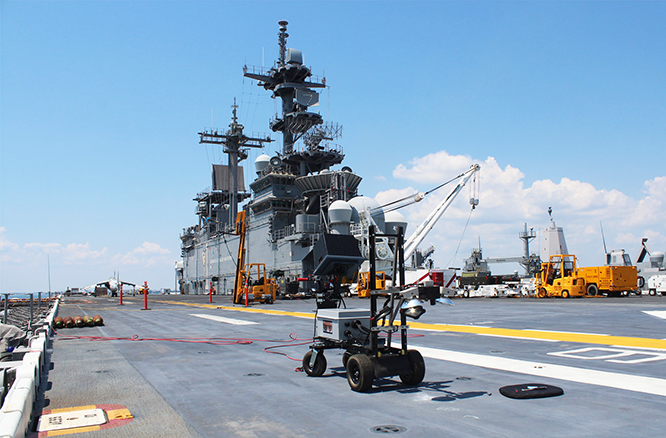
ThermalStare technologies developed by FCI are also used to detect defects in specialized coatings used for military applications. The detection of coating defects is critical to prevent damage to aircraft and ensure safe flight operations. The new technology replaces subjective, time-consuming, hands-on inspections with a more accurate, repeatable, real-time measurement that documents the position and extent of damage.
Because the technology is more robust than current practices, repairs are lower in cost, have less operational impact, and can prevent accidents that may have otherwise occurred.
The Future
ThermalStare offers concrete measurements such as a service to State DOTs and other interested entities. FCI has sold coating inspection systems to engineering companies for inspection of paint systems and has sold coating inspection systems to the United States Navy for inspection of ships.
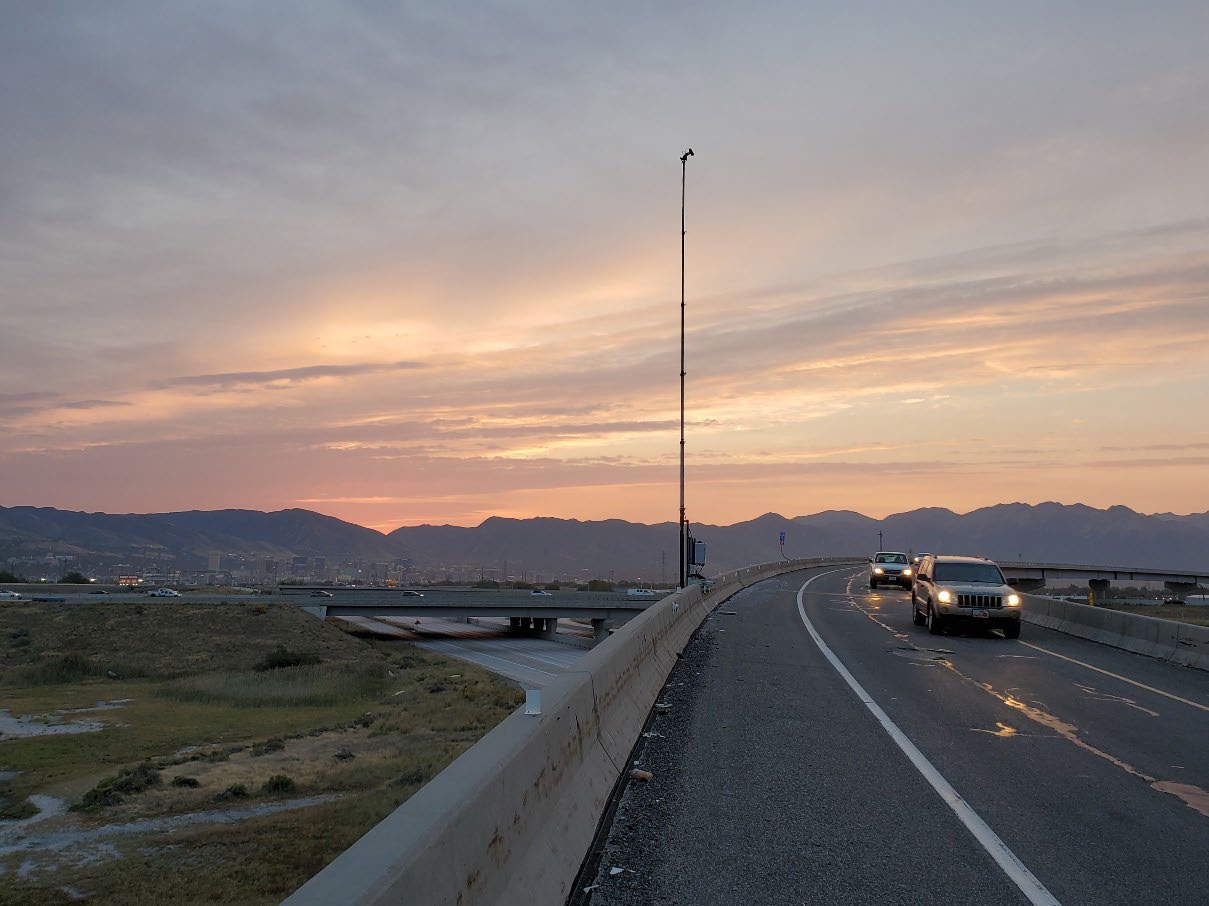
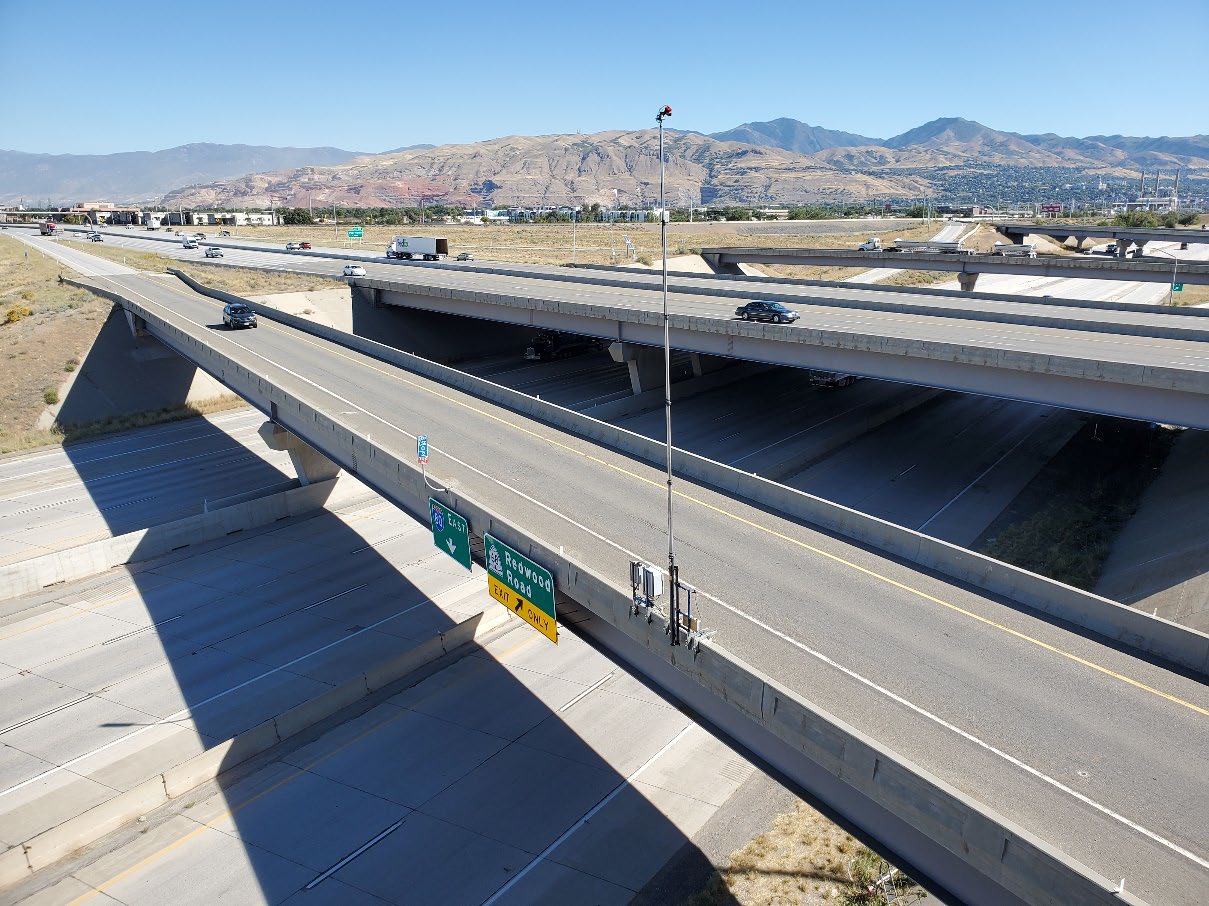
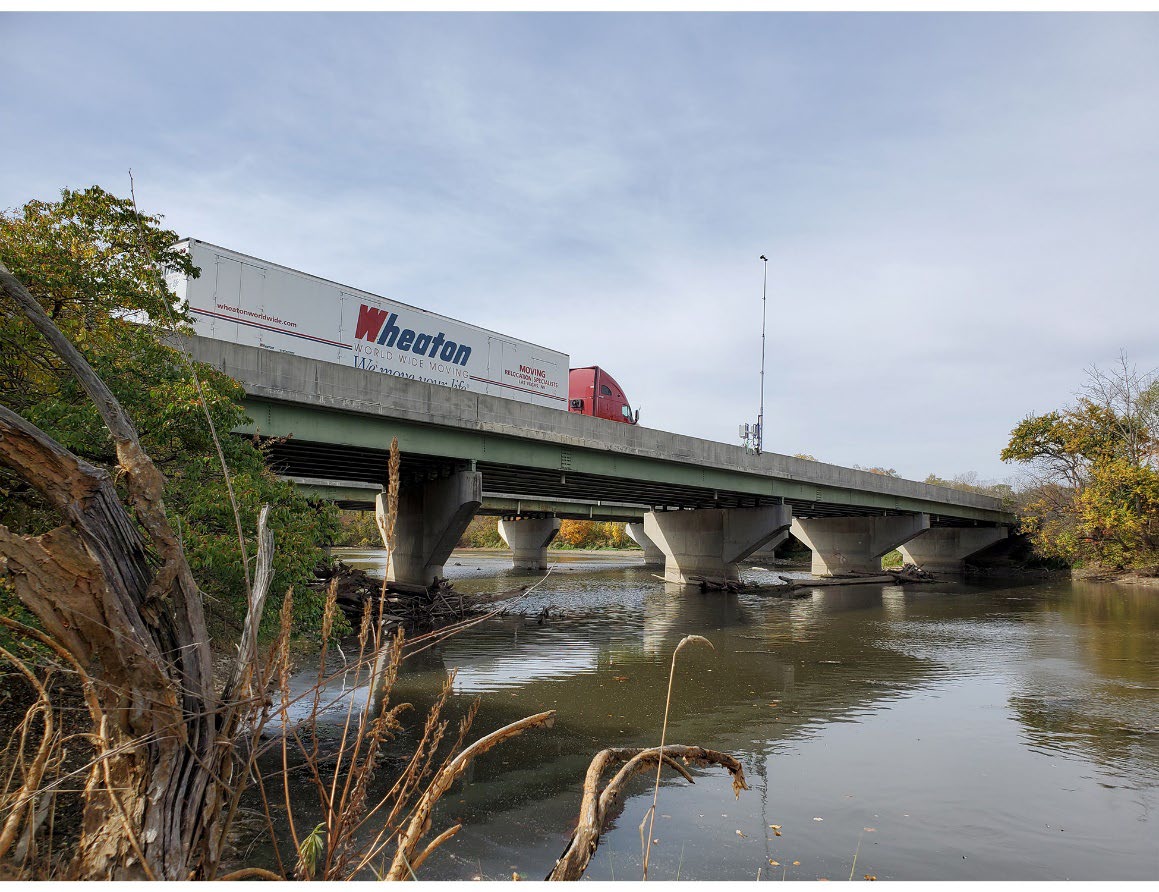
How SBIR Helps
The SBIR program has provided resources to develop, refine, and implement instrumentation that makes it possible for the ThermalStare infrared systems to be produced and sold commercially in the United States and abroad. In 2020, FCI was the first DOT SBIR awardee to receive the Tibbets Award, which recognizes those that exemplify the very best in SBIR/STTR achievements.

